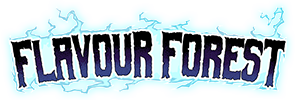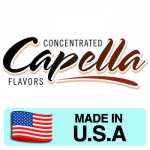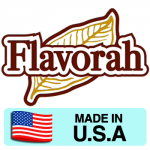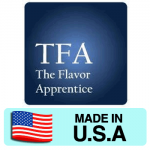The Sweet Scent of Creativity: Incorporating Flavourings in Art

Concentrated flavourings aren't just for the kitchen anymore. Innovative artists around the globe are increasingly turning to these aromatic additives to create multi-sensory experiences in their artwork. This unconventional medium offers a unique way to engage viewers, adding an olfactory dimension to visual art. Let's explore how flavourings are making their mark in the art world and how you can experiment with this technique yourself.
Why Use Food Flavourings in Art?
- Multi-sensory experience: Scent can evoke powerful emotions and memories, enhancing the impact of visual art.
- Non-toxic alternative: Flavourings can be safer than traditional art supplies.
- Unique effects: These flavourings can create interesting textures and colors when mixed with other materials.
- Interactive art: Scratch-and-sniff elements can make artwork more engaging.
Popular Applications:
- Scented paintings: Artists mix food flavourings with paints or add them to finished pieces to create scented artworks. This adds an olfactory dimension to visual art, engaging multiple senses.
- Natural dyes: Some natural food flavourings, especially those derived from fruits or spices, can be used as natural, non-toxic dyes for fabrics, papers, or other materials.
- Aromatherapy art: Artists create pieces specifically designed to release pleasant scents, using food flavourings as a key component.
- Performance art pieces: Some artists incorporate food flavourings into performance pieces, using scent as part of the artistic experience.
Ready to try your hand at creating scented art? Check out these quick projects below
- Scented Painting:
- Materials: Concentrated flavourings, watercolor paper, small containers
- Steps: a. Pour a small amount of each flavouring into separate containers. b. Use a brush to apply the flavorings directly to the paper. c. Experiment with layering and mixing scents. d. Allow the artwork to dry completely.
- Scented Play Dough:
- Materials: 2 cups flour, 1 cup salt, 2 tbsp oil, 1.5 cups boiling water, food flavourings
- Steps: a. Mix flour and salt in a bowl. b. Add oil and boiling water, stirring until a dough forms. c. Knead the dough until smooth. d. Divide the dough and add different flavourings to each portion. e. Use the scented dough for sculptures or sensory play.
- Scratch-and-Sniff Art:
- Materials: Cardstock, crayons, concentrated flavourings, dish soap, paintbrush
- Steps: a. Colour areas of the cardstock with crayons. b. Mix equal parts flavouring and dish soap. c. Paint this mixture over the crayon areas. d. Allow to dry completely. e. Scratch the painted areas to release the scent.
Safety Considerations:
- Always work in a well-ventilated area.
- Be aware of potential allergies especially when creating art for public display.
- Some food flavourings may stain so protect work surfaces and clothing.
- Not all food flavourings are colorfast or archival, so consider the longevity of your artwork.
Conclusion:
Incorporating food flavorings into art opens up a world of creative possibilities. Whether you're a professional artist looking to push boundaries or a parent seeking safe, engaging activities for children, scented art offers a unique and exciting medium. As with any new technique, experimentation is key. Don't be afraid to mix scents, try different applications, and most importantly, have fun with this aromatic approach to creativity!





















